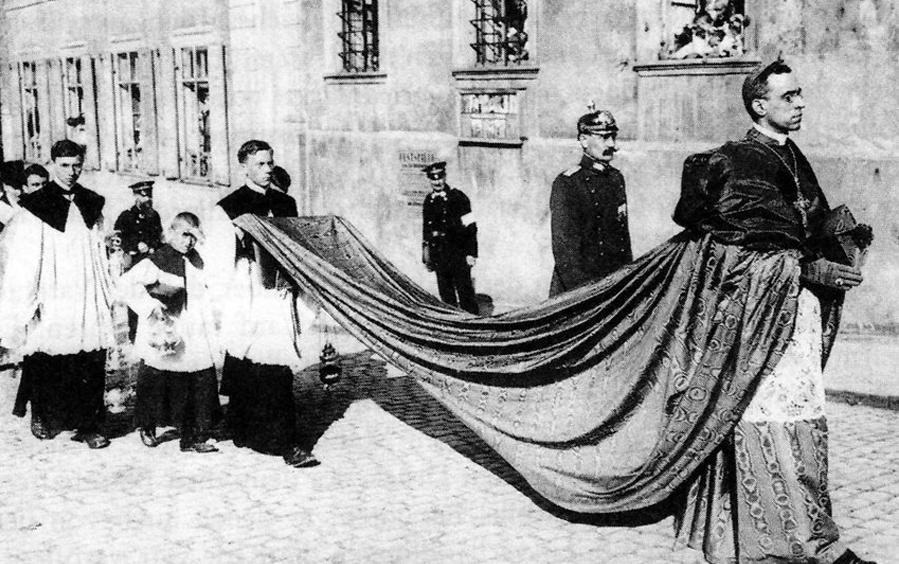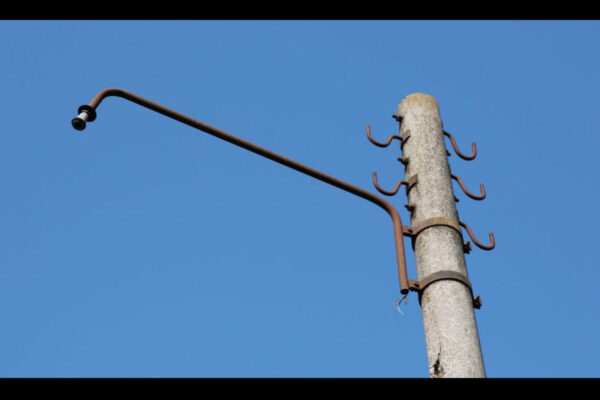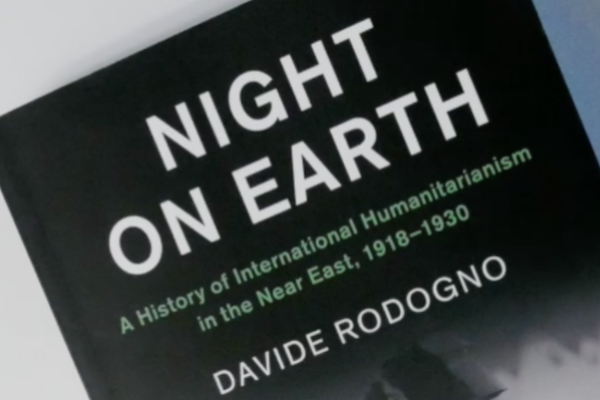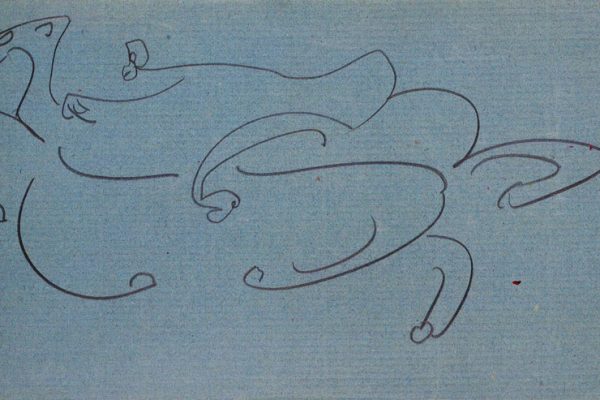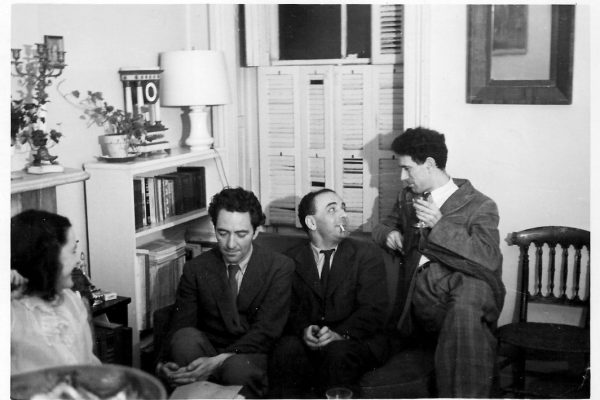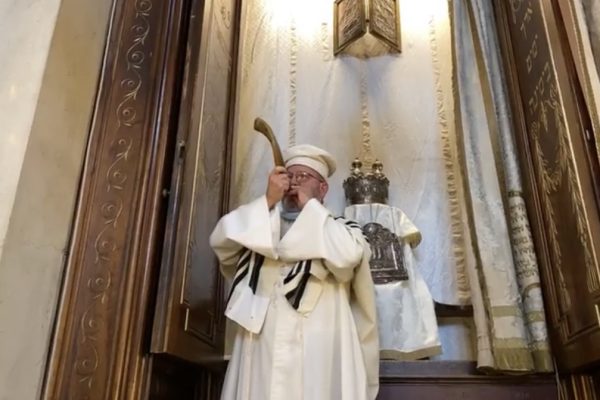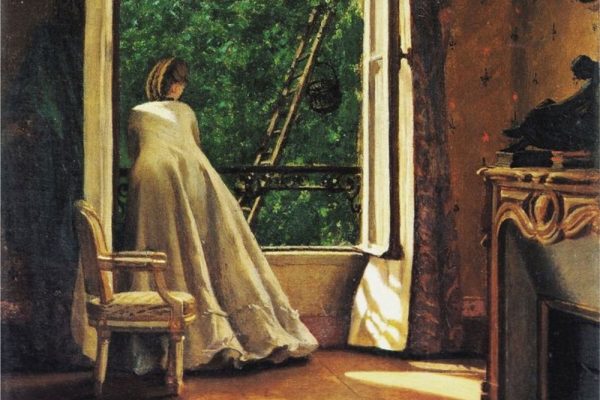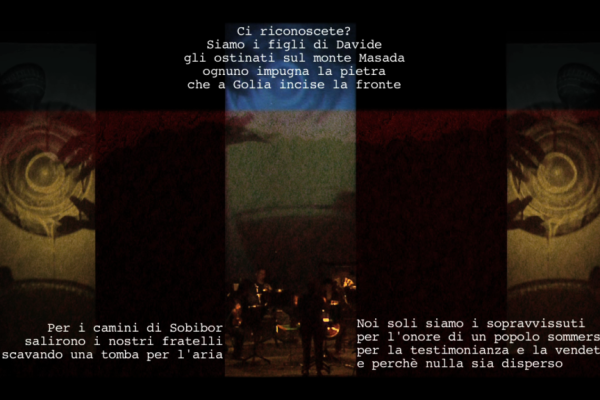Pius XII and the Holocaust. Current State of Research.
On March 8-9, 2009 Yad Vashem International Institute for Holocaust Research and the Salesian Theological Institute of Saints Peter and Paul in Jerusalem convened an international workshop on the topic of the controversial attitude of Pope Pius XII toward the Jewish sufferings during the Holocaust period. The main aim of the workshop was to review the current state of the research, in light of recent publications and, even more so, the archival material that has recently been discovered or opened to the public.
The Salesian Institute invited several scholars: Andrea Tornielli, Matteo Napolitano and Grazia Loparco from Italy, Jean-Dominique Durand from France and Thomas Brechenmacher from Germany, Yad Vashem invited experts who have conducted studies on the topic based on primary documentation: Paul O’Shea from Australia, Michael Phayer and Susan Zuccotti from the USA; Sergio Minerbi and Dina Porat from Israel; Yad Vashem itself was rapresented by David Bankier (sadly dead on 2010), Dan Michman, and Iael Orvieto.
The main questions posed by the organizers of the workshop were, first: can materials that recently became available shed a new light on the controversy surrounding the activity of Pius XII? And second: can historiography reach a better and more comprehensive understanding of the crucial questions related to this topic?
The workshop was organized according to specific historiographical questions. In each session, a presenter and a respondent were asked to relate to one question previously presented to them. An open discussion with all participants followed. The workshop was indeed a gathering of researchers who range from fierce critics to ardent defenders.
The publication issued in 2012 consists of the transcript of the presentations of each speaker in the workshop.
The range of topics presented begins with the pre-papacy period of Pacelli’s life and continues until the aftermath of World War II.
The part that I found most interesting covers from session four to session five B: Pius XII’s messages to European Bishops, Leaders and Governments; Pius XII and Hiding in Italy; Pius XII and German Diplomats.
These were some of the questions: could Pope Pius have communicated secretly with European bishops to tell them to confidentially encourage Catholics to protect Jews or to publicly protest against Nazi atrocities. Did he do so? Do we have any knowledge about papal appeals to local authorities, on behalf of Jews, besides the known exceptions of Slovakia and Hungary? To what extent did Pius XII influence government policies toward the Jewish population in Catholic countries?
Matteo Napolitano affirms that the Holy See did not have a temporal power, capable of making people respect it. Considering that, what kind of diplomacy could the Holy See exercise? Classic diplomacy had to be abandoned. The Holy See’s political power could only be successful if other entities listened to it. What alternative was there? A “catacomb diplomacy,” i.e. a diplomacy that had to be conveyed underground. Many scholars answered that this was not a diplomatic issue but an ethical one.
Actually, as an officially neutral state, the Vatican constantly balanced its statements between all warring parties and, Paul O’Shea said, satisfied none. As long as the Vatican archives remain closed, based on the available evidence, we can say that Pius XII had quite a clear picture of the Nazi killing process from at least the middle of 1941 and, except for the contorted logic of defending the mixed marriages and the rescue attempts directed primarily at baptized Jews, the Pope did not officially take a stand for the rescue of European Jews.
Jean Dominique Durand joined the discussion adding that one cannot speak about “silence” because the Pope had spoken out, in his own way, at least three times. He acted like other moral authorities, for example the Red Cross. The final choice of the Red Cross demonstrates that the question of an intervention, of a statement, was a problem for many other moral authorities in the world. David Bankier points out that the major question is: when did the Pope understand that his response was not proportioned to what was happening? This is the crucial question: at what point does an event become a precipitator that leads to a change of awareness of reality? The awareness of the killing process did push Pius XII to reflect: at that stage there were no longer two options but only one: to issue a public statement, even considering the risks involved.
The results of the discussion around the questions have not deviated much from the usual arguments: “the Pope did everything he could” versus “he could do more.” Historians have not really brought new arguments to the discussion. They just repeated what we already know, emphasizing more strongly this or that aspect of the matter and postponing further discussion when the Vatican archives for the years in question will be opened.
The next questions were: did the Pope give instruction or help to hide Jews in Italy? What documentation do we have in this regard?
The best expert to answer these questions is Sister Grazia Loparco, member of the Coordination of Religious Historians, a group of religious scholars who, since 2002, have been conducting research on the religious houses of Rome who sheltered the Jews. Grazia Loparco analyzed the numbers we already know, published in 1961 by Renzo De Felice: of about 10-12,000 Jews living in Rome in 1943, at least 4,500 were saved by religious houses. Her research shows that on the approximately 750 religious homes that existed in Rome, some 220 hid Jews. It is an important fact that must be placed in the particular situation of Rome at that time. The city at the same time saw the largest, numerically speaking, Jewish community of Italy and the largest concentration of religious houses in the world. It seems only natural that in Rome the Jews went to monasteries for help, as structures able to offer a sheltered place to sleep, and, on the other hand, that the monasteries granted aid under the impulse of Christian charity. I do not think there was even a need for a specific order, especially since Rome was at that time housing a wave of refugees fleeing war zones and who poured into the city. The Jews were part of this world of civilians in need of finding solutions to sleep and eat.
I must add on that matter that the Center for Jewish Contemporary Documentation (CDEC) based in Milan, is conducting a research on the Jews in Italy who escaped arrests and deportation: how, where, and by whom they were aided. The situation elsewhere [than Rome] was very different: the majority of Jews in Italy saved themselves thanks to a series of circumstances, among which the help of the clergy is an important but not the dominant element. The first results of this research will be published the upcoming issue of Holocaust and Genocide Studies.
Going back to the fundamental question: was there a recommendation from the top, if not an order, to provide shelters to the Jews? Was the help activity due to a spontaneous initiative, or was there any kind of a message also given?
The testimonies Sister Loparco managed to gather show examples of both. In some cases there was a spontaneous action, while in others the religious houses were opened upon instructions orally transmitted by priests or people connected to the Holy See. But the argument applies only to Rome. As well pointed out by Dan Michman for the Belgian case it is evident that there was a large difference in behaviour between different monasteries and between different regions. Had a directive been issued from the top, the behaviour would always have been the same and all the religious houses would have opened or closed their doors. The same applies to the rest of the Italian cities apart from Rome. Anyway, the research of Sister Loparco is not only worthy of attention, but it deserves encouragement.
About this issue, I agree with Paul O’Shea that the argument that the Pope ordered the convents and monasteries of Rome to take in Jews is suspicious. It would be very surprising if such written order ever existed. Likewise, it would be unlikely that the Pope would have ordered not to rescue them.
The other issue that seems to me of great interest pertains to the relations between the Vatican and German diplomats in Rome. Thanks to Susan Zuccotti’s painstaking research, published in her book Under His Very Windows, the issue has been properly placed.
Vatican intervention in the hours that followed the raid of Jews was too weak compared to the seriousness of the offense and never reached the pitch of a real protest, much less of a diplomatic note. It is very clear from Maglione’s own description of his meeting with Weizsäcker that the Pope did not issue a formal diplomatic protest to the October roundup. Instead, he resorted to discrete diplomatic intervention, as was his custom.
A second question gets our attention: was perhaps the Pope’s intervention that caused the suspension of the raid? Zuccotti answers negatively to this question. She says, and I agree with her, that the roundup ended at 2 pm not because Himmler stopped it, but because all the addresses of Jews on the German police list had already been visited.
A third issue has been brought to the attention of the participants of the workshop: the arrested were 1,259, 252 were released. Could the releases be attributed to a papal intervention? Zuccotti rightly points out that the 252 prisoners were released not because of Vatican pressure, but because the German SS was not deporting individuals belonging to these categories: non-Jews, half-Jews; Jews in mixed marriages, Hungarian citizens. They were exempt from deportation.
The seminar held in Jerusalem raised many other questions, which have been discussed conscientiously by all parties. However, the workshop was successful because it allowed the gathering of many historians on the vexata quaestio. In summary, however, it seems to me that everyone is left to their own opinion and the discussion around the figure and the role of Pius would see more to come.


